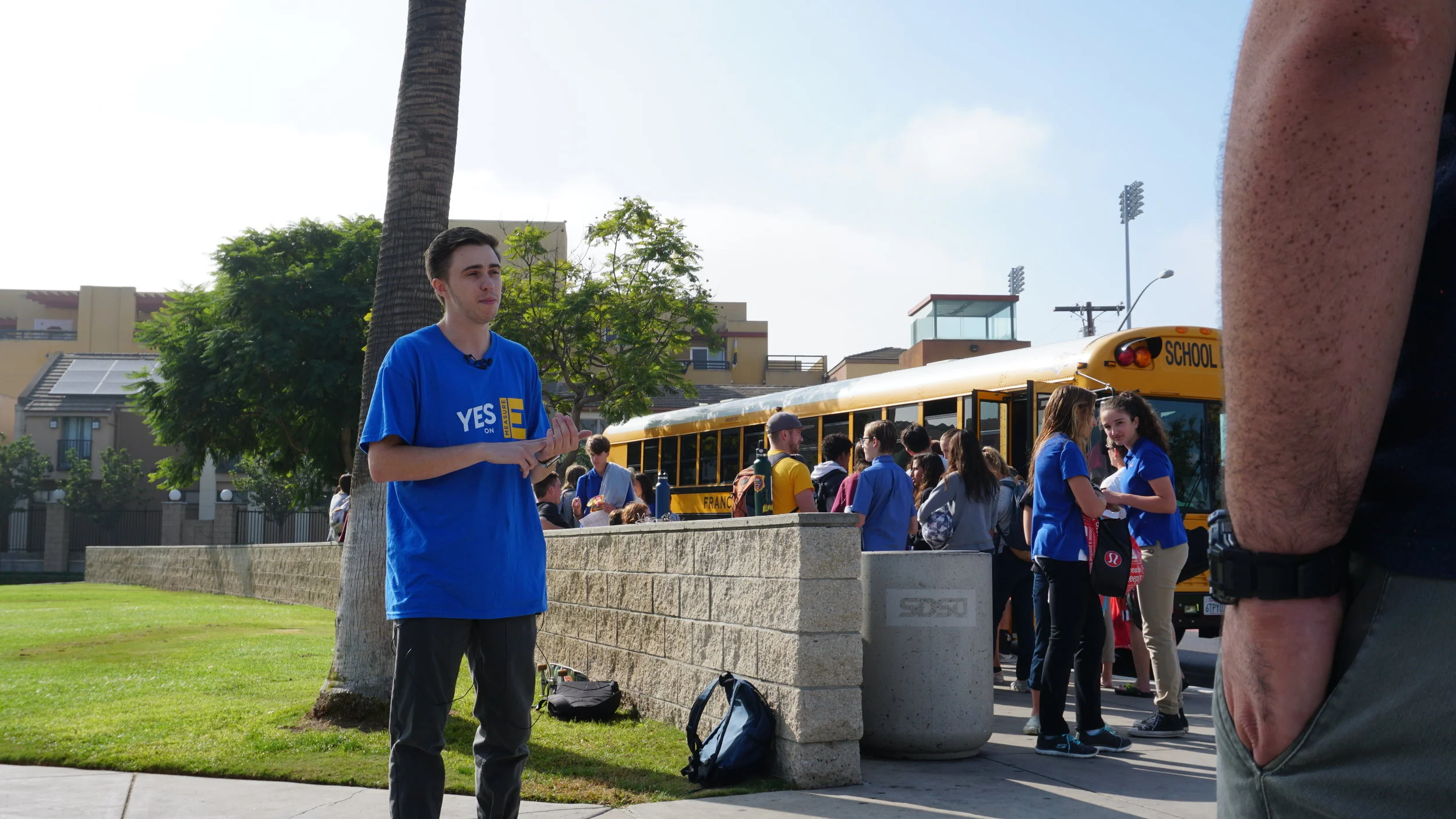San Diego Summarized | 4-2-18
Welcome to San Diego Summarized where each week we examine headlines from around the city:
This week's theme is all about development, the current lack thereof and the potential for what could be. The first piece of The Summary comes from a Voice of San Diego story that highlighted the use of a loophole developers are using in coastal communities to effectively sidestep regulations regarding building new homes.
According to Andy Keatts' story, a group of developers are exploiting the language of city law to effectively classify a newly built home as a remodel, by maintaining that 50% of the original structure is still present in the newly "remodeled" home.
The standing complaint from the NIMBY community who is fighting this practice is that these new homes are big and ugly, block the sun and the breeze and strangle the sensation that you’re on the coast. The catch-all complaint is that the new, big homes are destroying the “community character” of established neighborhoods.
The alternative to this remodel loophole would mandate the acquisition of a coastal development permit, which requires a political process developers say adds $100,000 to a project and delays it by about a year.
While it is clear the developers making use of this practice are flouting the spirit of the law, it is pretty difficult to sympathize with home owners who reject any and all progressive development in their neighborhoods. San Diego cannot remain as it was 50 years ago forever. The year is 2018 and this city has much more pressing concerns than the first-world problems some local residents are baying about.
Next up, we pivot to the topic of mobility and transit in San Diego.
Sophie Wolfram, director of programs at Climate Action Campaign, penned an opinion piece in the Voice of San Diego calling for the city of San Diego, and Mayor Kevin Faulconer in particular to quit talking and start doing.
In 2016 city council unanimously approved a Climate Action Plan that makes a legally binding commitment to slash San Diego's emissions in half. Since that commitment though, precious little progress has been made. Wolfram calls for the Mayor to execute in three different deliverables: a roadmap detailing how we will meet the targets, investment in transit and bike infrastructure and a regional plan at SANDAG that meets these goals.
"In 2016, the mayor promised to develop a transportation master plan, but the public has yet to see a draft, and no information is available about when a draft will be available. That transportation master plan needs to chart the course from where we are today to our transportation targets in 2035, and it needs to be finalized by 2019 so that we can get moving on the ample work that lies ahead to shift commuter habits," writes Wolfram.
There are certainly challenges to the process, but with a due date that doesn’t arrive until 2035, there is still ample time to get up to speed and achieve the objective laid out by the Climate Action Plan.
Particularly worrying is the fact that many high density housing developments situated in the vicinity of public transit are increasingly being rebuffed, delayed or otherwise stopped form proceeding. A development like SoccerCity that builds 4,800 units of housing within a stone's throw of the trolley line has been undermined by lies and falsehoods.
If San Diego is indeed going to meet its own projected goals, there needs to be a swift shift in attitude towards high density housing and the transit infrastructure that will enable new developments to flourish.
Underscoring the difficulties involved with building housing is the last segment of this week's summary. Voice of San Diego's Lisa Halverstadt reported that two of five approved affordable housing projects have folded in recent weeks.
"Mayor Kevin Faulconer announced a year ago that Civic San Diego, the city’s downtown development agency, had $25 million to invest in affordable housing projects. Two of the five projects that got a tentative go-ahead for that funding have since fallen apart.
Developers of a potential Barrio Logan project for veterans last week decided to walk away from the plan.
And Wakeland Housing recently told Civic its plan to rehabilitate 159 units in three southeastern San Diego neighborhoods had reached a standstill.
That two of the first five projects crumbled reflects the tenuous nature of affordable housing financing. Developers face a process akin to a Jenga game, trying over months or years to secure and align multiple financing sources while holding onto property. A project can collapse due to one missing piece.
The failed projects also underscore challenges the city faces as it tries to fast-track affordable housing projects, which that can be snarled by everything from neighborhood opposition to meeting differing demands from investors and funders."
“Everything in these affordable deals simply needs to be working together like clockwork to make it happen, and it just simply doesn’t always go like that.” Wakeland CEO Ken Sauder.
Do you have questions, comments or concerns? Are there topics you'd like to learn more about? Get involved in the conversation when you leave a comment below!






